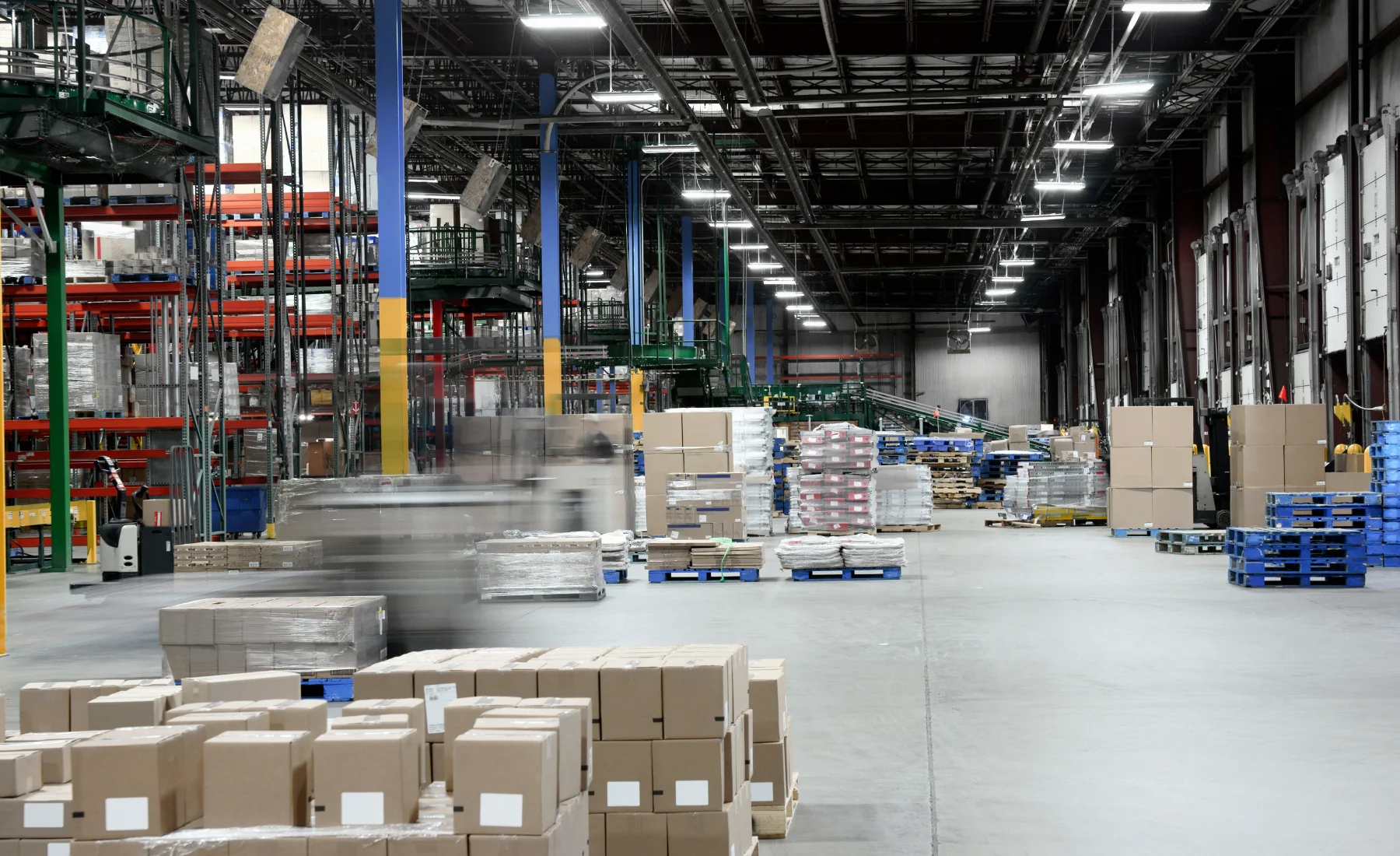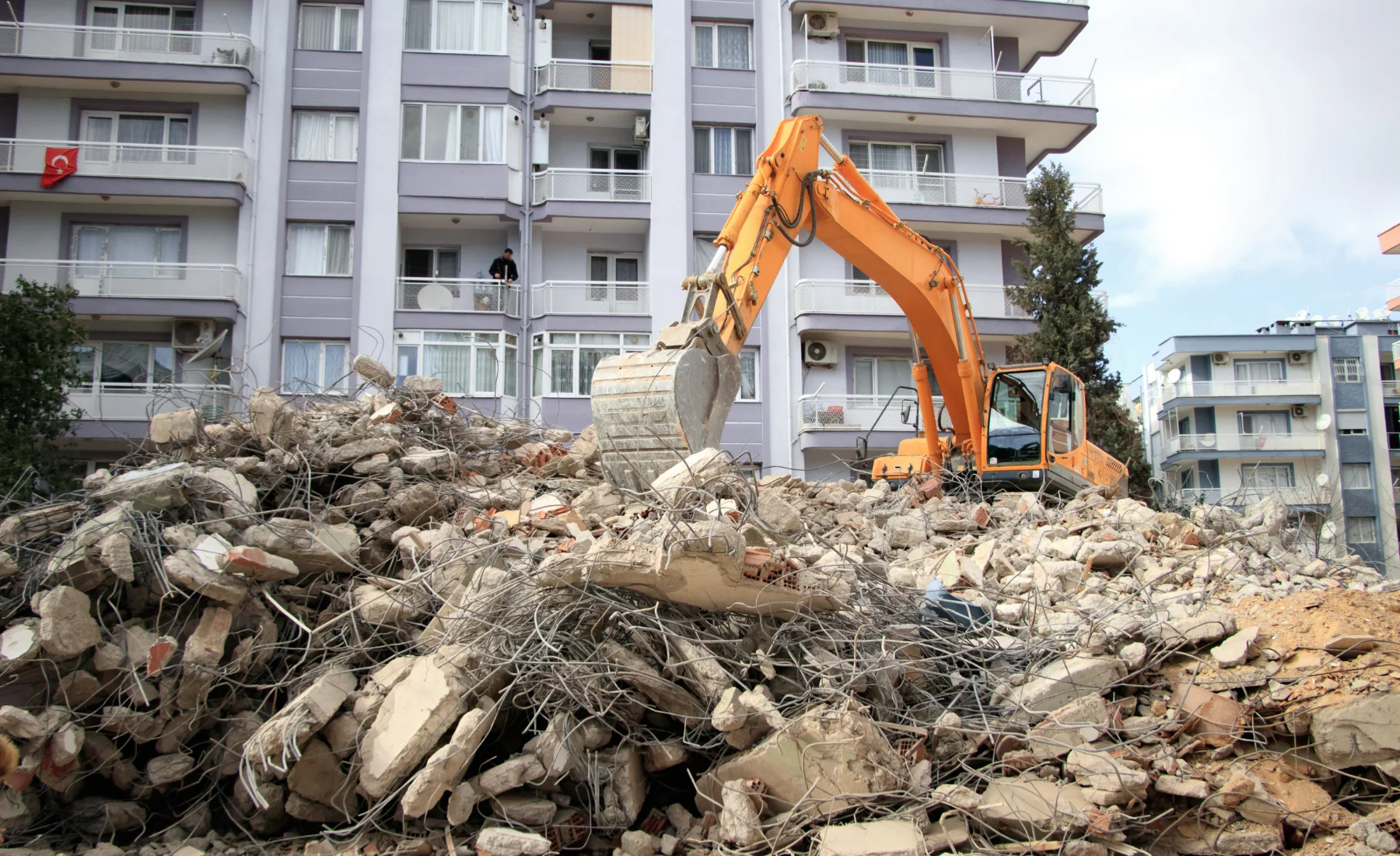Urban environments, characterized by high population density, limited land availability, and complex infrastructure, present unique and significant challenges for waste management. Space-constrained sites, such as downtown commercial buildings, high-rise residential complexes, densely packed retail areas, and compact construction sites, often struggle with efficient waste collection, storage, and disposal. Traditional waste management approaches can be inefficient, costly, and environmentally detrimental in these settings. This article explores innovative waste management solutions, with a particular focus on how advanced compaction services can effectively address the multifaceted challenges of space-constrained urban projects, drawing on industry best practices, academic insights, and regulatory considerations.
The Urban Waste Management Conundrum: Navigating Density and Logistics
The challenges of waste management in space-constrained urban environments are multifaceted and often interconnected, creating a complex operational landscape:
- Limited Storage Space: Urban sites, whether commercial, residential, or industrial, typically lack adequate room for multiple large dumpsters or traditional waste bins. This often leads to overflowing containers, unsightly waste accumulation, and potential health hazards, particularly in areas with high foot traffic or public visibility [1]. The premium on urban real estate makes allocating significant space for waste storage economically unfeasible.
- Logistical Difficulties and Traffic Congestion: Narrow streets, heavy traffic, limited parking, and restricted access times for waste collection vehicles make waste hauling complex, time-consuming, and expensive. Delays in collection can exacerbate on-site storage issues and lead to public complaints.
- High Disposal Costs: Landfill tipping fees and transportation costs are typically higher in urban areas due to greater distances to disposal sites, increased fuel consumption in congested traffic, and the operational complexities of navigating dense urban landscapes.
- Aesthetics and Public Perception: Visible waste accumulation, overflowing bins, and unpleasant odors can significantly negatively impact property values, tourism, and the overall urban quality of life. Maintaining a clean and aesthetically pleasing environment is crucial for businesses and residents alike.
- Environmental Impact: Inefficient waste management contributes to a larger carbon footprint due to increased vehicle emissions from frequent pickups and reliance on distant landfills. Furthermore, improper waste storage can lead to pollution of urban ecosystems.
- Regulatory Compliance: Urban areas often have stringent local bylaws and environmental regulations regarding waste storage, collection schedules, noise levels, and waste diversion targets, adding another layer of complexity to operations.
These challenges necessitate smart, compact, and highly efficient waste management solutions that can optimize space, reduce operational costs, and minimize environmental impact.
Compaction Services: Optimizing Space and Efficiency in Urban Settings
Waste compaction services are particularly well-suited for space-constrained urban projects due to their inherent ability to drastically reduce waste volume at the source. This translates into significant operational, financial, and environmental benefits:
1. Maximizing Container Capacity and Minimizing Footprint
The most immediate and impactful benefit of compaction is its ability to compress waste materials, often reducing their volume by up to 70-80% [2]. In urban settings, where space is a luxury, this means:
- Fewer Bins Needed: A single compacted dumpster can hold the equivalent of several uncompacted bins, freeing up valuable space on-site that can be repurposed for other uses, such as parking, green space, or additional operational areas.
- Reduced Collection Frequency: By fitting significantly more waste into each container, the number of times a dumpster needs to be emptied is drastically reduced. This minimizes disruptions to daily operations, lessens traffic congestion around the site, and simplifies logistical challenges in busy urban areas.
- Smaller Equipment Footprint: For sites with extremely limited space, vertical compactors or smaller, self-contained compactors can be installed, offering powerful volume reduction within a minimal physical footprint.
2. Significant Cost Savings: A Direct Impact on the Bottom Line
The financial benefits of integrating compaction into urban waste management strategies are substantial and directly impact a business or municipality's bottom line:
- Lower Hauling Fees: Since waste haulers typically charge per pickup or by volume/weight, fewer pickups directly translate to substantial savings on transportation costs, including fuel, vehicle maintenance, and driver wages. This is often the largest cost reduction achieved.
- Reduced Landfill Tipping Fees: By sending denser, smaller volumes of waste to landfills or processing facilities, businesses and municipalities can significantly lower their disposal costs, as many facilities charge based on the volume or weight of incoming waste.
- Optimized Labor: Less time spent managing overflowing bins, coordinating frequent pickups, or manually handling bulky waste means employees can focus on core business activities, improving overall productivity and reducing labor costs associated with waste management.
- Reduced Container Rental Costs: If fewer containers are needed due to compaction, rental fees can also be reduced.
3. Improved Aesthetics, Public Health, and Safety
Compaction contributes significantly to creating a cleaner, more hygienic, and safer urban environment:
- Prevents Overflow and Improves Aesthetics: Compacted waste is securely contained within the dumpster, preventing unsightly spills, litter, and overflowing bins. This is crucial for maintaining a positive image in commercial districts, residential areas, and public spaces, enhancing property values and overall urban appeal.
- Reduces Odors and Pest Attraction: By compressing waste, air pockets are reduced, which slows down decomposition and significantly minimizes unpleasant odors. Securely contained waste also deters pests such as rodents and insects, contributing to better public health.
- Enhanced Safety and Accessibility: A well-managed waste area is a safer waste area. Less waste accumulation means clearer pathways, loading docks, and access routes, reducing tripping hazards and improving accessibility for pedestrians, employees, and service vehicles. Efficient waste handling also reduces the need for manual manipulation of large, bulky items, improving worker safety.
4. Environmental Benefits: Contributing to Urban Sustainability
Beyond operational and financial advantages, compaction strongly supports urban sustainability goals and contributes to a greener city:
- Reduced Carbon Footprint: Fewer truck movements for waste collection mean lower fuel consumption and reduced greenhouse gas emissions (CO2, NOx, particulate matter) in densely populated areas, contributing to improved air quality.
- Extended Landfill Life: By maximizing the density of waste, less material is sent to landfills, preserving valuable land resources that are particularly scarce and expensive near urban centers. This delays the need for new landfill development and reduces the overall environmental impact of waste disposal.
- Support for Waste Diversion: While compaction primarily focuses on volume reduction, an organized and efficient waste stream facilitated by compaction can support better segregation and recycling efforts. When general waste is effectively compacted, resources can be better allocated to managing recyclable streams.
Implementing Compaction Solutions for Urban Projects: Strategic Approaches
To effectively leverage compaction in space-constrained urban sites, businesses and municipalities should consider a range of strategic approaches tailored to their specific needs:
- On-Site Stationary Compactors: For high-volume waste generators like large commercial buildings, industrial facilities, or multi-unit residential complexes, installing stationary compactors is often the most efficient solution. These can be chute-fed (for easy disposal from multiple floors), hand-fed, or conveyor-fed, depending on the waste stream and building design. They provide continuous compaction and secure storage.
- Mobile Compaction Services: For sites with limited space for permanent equipment, fluctuating waste volumes (e.g., construction sites, event venues, temporary projects), or those that prefer not to invest in capital equipment, mobile compaction services offer a flexible and cost-effective solution. These services bring a specialized compactor to the site to densify waste directly within existing open-top or roll-off dumpsters, on an as-needed basis [3].
- Vertical Compactors: For very tight spaces or indoor applications where horizontal space is extremely limited, vertical compactors can be an excellent choice. They have a small footprint and are ideal for compacting cardboard, plastics, or general waste into bales or bags.
- Waste Audits and Comprehensive Planning: Conduct thorough waste audits to understand precise waste generation patterns, volumes, and composition. This data is crucial for selecting the right type and size of compaction equipment, determining optimal service frequency, and identifying opportunities for waste reduction and diversion.
- Strategic Placement and Access Planning: Even with compact equipment, careful planning of container placement is crucial. This involves ensuring clear, unobstructed access for both users depositing waste and service providers, while minimizing disruption to urban traffic flow and adhering to local regulations [4]. Consider factors like noise, odor, and visual impact on surrounding areas.
- Employee Training and Engagement: Educate employees and building occupants on the proper use of compactors, waste segregation guidelines, and the importance of efficient waste management. Engaged users contribute significantly to the success of any waste program.
Quebec-Specific Considerations for Urban Waste Management
For urban projects in Quebec, waste management solutions must meticulously align with provincial and municipal regulations, which are often more stringent in densely populated areas. The Québec Residual Materials Management Policy (Politique québécoise de gestion des matières résiduelles) is a cornerstone of the province's environmental strategy, emphasizing waste reduction at the source, reuse, recycling, and recovery, with ambitious targets for material diversion from landfills [5].
Many Quebec municipalities, such as Montreal, Quebec City, and Laval, have specific bylaws regarding waste storage, collection schedules, noise levels, and mandatory recycling requirements in urban areas. Businesses and institutions must ensure their waste management practices, including the use of compactors, comply with these local ordinances. Utilizing compaction services that are intimately familiar with Quebec's regulatory landscape, can provide accurate documentation of waste volumes, and understand the nuances of provincial and municipal waste diversion targets can ensure compliance and contribute effectively to the province's broader environmental goals for its urban centers. Consulting with local waste management authorities and service providers familiar with Quebec's unique context is highly recommended to ensure optimal, compliant, and sustainable waste management in space-constrained urban environments.
Conclusion
Space-constrained urban environments demand innovative, efficient, and environmentally responsible waste management solutions. Compaction services offer a powerful and indispensable strategy to overcome these challenges by maximizing container capacity, significantly reducing operational costs, improving aesthetics and public health, enhancing safety, and contributing directly to urban sustainability goals. By strategically implementing on-site compactors or leveraging flexible mobile compaction services, urban projects can transform their waste management from a logistical burden into a streamlined, cost-effective, and environmentally conscious operation. Embracing these advanced solutions fosters cleaner, healthier, and more livable cities, demonstrating a strong commitment to both operational excellence and environmental stewardship in the heart of our urban landscapes.
References
- German Distribution. Waste Management Challenges and Solutions. https://www.germandistribution.com/articles/waste-management-challenges-solutions-in-urban-areas
- Gradeall. The Role of Waste Compactors in Urban Environments. https://gradeall.com/the-role-of-waste-compactors-in-urban-environments-a-statistical-review/
- Smash My Trash. Mobile Waste Compaction Service | USA. https://smashmytrash.com/
- Zero Waste Design. Collection & Urban Design Best Practice Strategies. https://www.zerowastedesign.org/03-collection-and-urban-design/b-collection-urban-design-best-practice-strategies/">https://www.zerowastedesign.org/03-collection-and-urban-design/b-collection-urban-design-best-practice-strategies/
- RECYC-QUÉBEC. Politique québécoise de gestion des matières résiduelles. https://www.recyc-quebec.gouv.qc.ca/entreprises-organismes/mieux-gerer/politique-quebecoise-gestion-matieres-residuelles
.svg)





